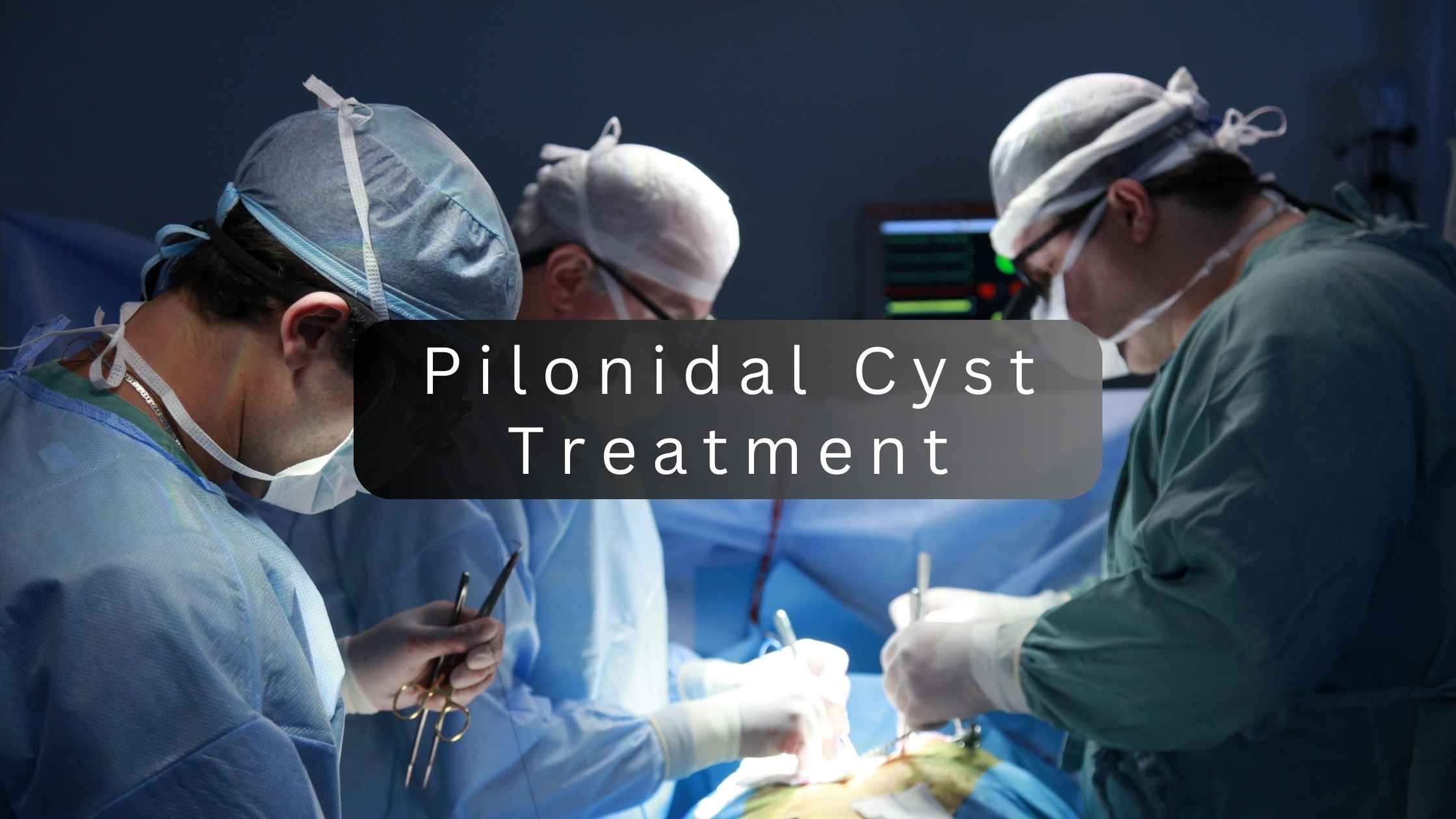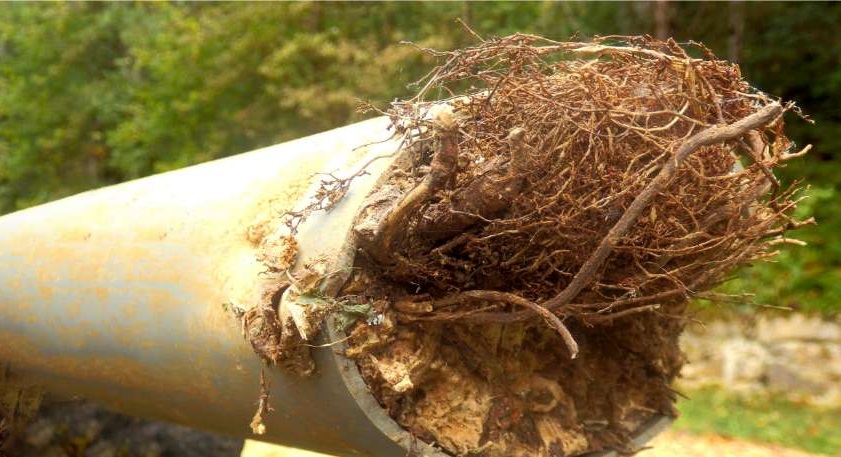“A pilonidal cyst can be extremely painful. Its awkward location can make movement difficult. No doubt it is a challenging condition to deal with. With a high chance of recurrence, its outlook is also not very positive. Therefore, managing the condition well through an appropriate pilonidal cyst treatment method is important for improved disease outcomes. Here is a look at the treatment options available for long term relief.”
Dr. Allen Kamrava, MD, MBA is a certified and trained practitioner. His vast experience allows him to quickly evaluate the extent of spread. A customized treatment plan is immediately designed to offer lasting relief.
The ingrowth of hair and subsequent build up of dead skin cells in between the clefts of the buttocks are the key markers of pilonidal cyst. The condition is quite common. The problem starts when the cyst gets infected. The condition can turn painful, uncomfortable and challenging in no time. Pilonidal cyst treatment is therefore mandatory either through non-invasive or surgical methods.
Removal Without Surgery
Small sized pilonidal cysts are relatively easy to treat with non-invasive methods. Also, when they are in their early stage of development, the severity is low. So, the treatment for pilonidal cyst can be gentle and conservative. The main idea is to reduce inflammation and prevent infection. Warm compress and Sitz Baths are thus seen as effective non-invasive options. They soothe the pain and reduce discomfort. They encourage the draining out of pus. Medicines to control inflammation, pain and infection are part of the treatment plan.
Removal With Surgery
Not all pilonidal cysts will cure with non-invasive measures. Therefore, surgical removal becomes extremely important to reduce symptoms and limit complications. Surgical treatment pilonidal cyst include:
1. Cut And Drain
Incision with drainage is the least invasive of all surgical methods of pilonidal cyst treatments. After cutting open the cyst, the pus and piled up skin and hair debris is drained out. Local anesthesia is used for this. Depending upon the size of the cut, the wound is left open or stitched with sutures. The method is ideal for mild and moderate severity cysts and offers immediate but short-term relief. Also, the relapse risk is high.
2. Excision Surgery
For chronic and frequently recurring cysts, the surgeon will recommend complete excision. The surgery performed under general anesthesia will aim at complete removal of the cyst. The surrounding skin tissue is also scrapped off. Again, depending upon the size of the excision, open or close wound is decided.
3. Rhomboid Flap Surgery
This is for the most severe cases. After excision of the cyst, the wound cavity will be filled with healthy skin. The skin grafting is done with a patch taken from another area of the body. The wound is stitched and packed nicely. It is an extensive surgery with the longest healing time, but chances of long-term relief are highest.

Final Thoughts
Understanding of the causes and symptoms of pilonidal cysts is important. This will help in better understanding of the condition and its possible relief methods. Frequency of occurrence and the severity of the symptoms are given prime importance when deciding the treatment approach.
Dr. Allen Kamrava, MD, MBA is an expert. He has helped many patients suffering from the painful condition. A personalized treatment plan is important for long term relief. Book an appointment to discuss your case with the expert in Beverly Hills.



